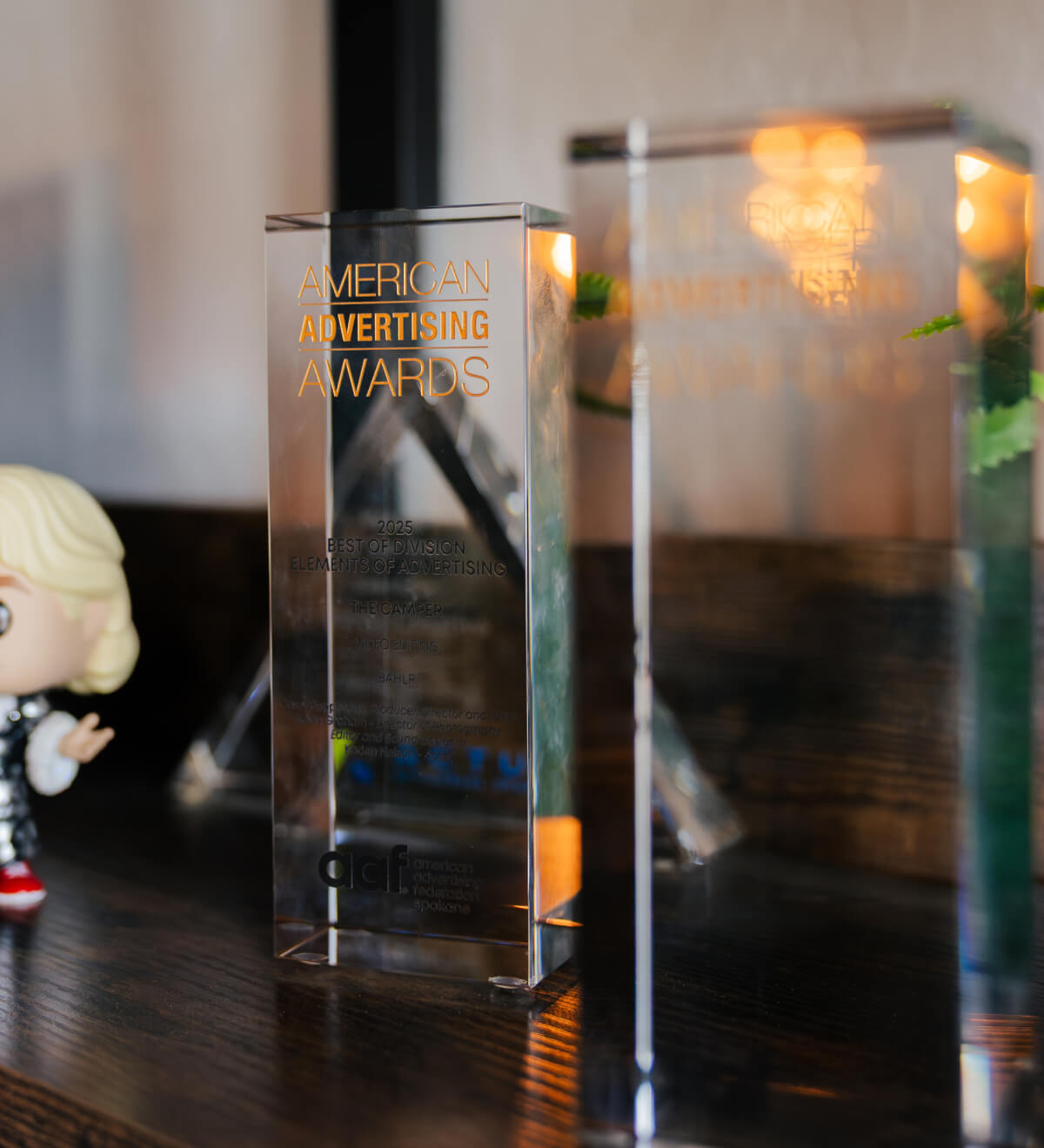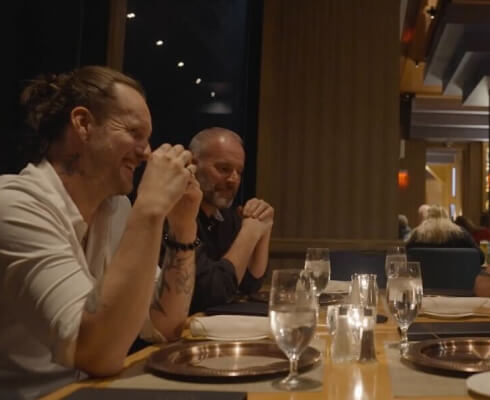Serving Clients at Their Highest Value
When we think about why client relationships fail, the natural assumption is that it must have been because we didn’t work hard enough. But in reality, that’s rarely the case. Most of the time, failure in client relationships doesn’t come from a lack of effort or hours put in—it comes from not doing the work that was most valuable to the client.

In the early days of my company, I was guilty of this mistake. I would work long, exhausting hours, pushing myself mentally and physically to deliver projects. I believed that if I gave everything I had, clients would always be satisfied. Yet, despite my effort, I often lost clients to dissatisfaction or disappointment. At the time, I felt unappreciated. But looking back, the truth is clear: I wasn’t serving their highest value or need.

Why Effort Alone Isn’t Enough
The problem was simple—I was doing the work I knew how to do, assuming clients would see the same value in it that I did. But clients don’t view our work through our lens. They view it through theirs.
Clients don’t actually want a website, a video, or an advertising campaign for the sake of the thing itself. What they really want is growth. They want more customers. They want revenue. They want to feel confident in their brand. They want to solve real problems in their business.
Our services are just vehicles they hope will get them there. And if we don’t understand that—if we only focus on producing deliverables instead of addressing their deepest needs—our hard work will never feel like enough.
Two Common Misalignments
This misalignment tends to happen in two main ways:
The Wrong Fit
Sometimes, clients think they need our service when they really don’t. Maybe they believe a website redesign will fix their problems, when in reality the issue lies in their internal operations or customer service. If we take on that project anyway, we’re setting both sides up for failure. Our responsibility in these moments is to be honest and transparent—to say, “This isn’t the right fit.” It saves money, time, and energy on both sides, and it builds trust even if we don’t get the job.
Lack of Education
More often, the issue isn’t the service itself—it’s misunderstanding the process. In my industry, it’s common for clients to assume that launching a new website or running a video campaign will immediately and automatically bring in a flood of new customers. They view it as a turnkey solution, like flipping a switch. But that’s not reality. Results take time, strategy, and consistency. If we don’t take the time to educate clients, they’re left with unrealistic expectations, which leads to disappointment even when the work itself is strong.
The Role of Education and Clarity
- What we’re going to do
- Why we’re doing it that way
- How the process leads to growth
- How long it will realistically take
- What kind of investment of time, money, and energy it requires
When we communicate all of this up front, clients can make informed decisions. Sometimes they’ll move forward with excitement and confidence. Other times, they may realize they aren’t financially ready, emotionally ready, or able to dedicate the time required. And that’s okay. Respecting their readiness is part of building a healthy, sustainable relationship.
The point is this: clarity eliminates disappointment. When clients know exactly what they’re getting into, there are no surprises. They’re not left wondering why results aren’t instant or why certain steps are necessary. Instead, they feel guided and supported through the process.


Expertise Over Effort
When we lose a client, it’s tempting to feel that they were ungrateful. We worked so hard, stayed up late, went above and beyond—shouldn’t that have been enough? But the truth is, clients don’t pay us for hard work. If they did, they would hire us as employees.
Clients pay us for expertise. For the ability to use our skills as shortcuts to outcomes they can’t reach on their own. They pay for solutions, not sweat. They pay for smarter, more strategic work that makes their investment worth it.
This is where “work smarter, not harder” becomes more than just a cliché. Hard work alone doesn’t guarantee client satisfaction. Smart work—aligned with their highest value—does.
Building Long-Term Partnerships
At the heart of it, client relationships succeed when we align our best work with their most important goals. That requires three things:
a. Listening first – Truly hearing what the client is after, not just what service they’ve asked for.
b. Educating clearly – Ensuring they understand what we do, how it works, and what results to expect.
c. Respecting readiness – Recognizing that even if everything fits, sometimes it’s not the right time for them, and that’s okay.
By practicing these, we avoid mismatched expectations and foster relationships built on trust and shared vision.


Losing clients isn’t usually about effort. It’s about alignment.
We must stop thinking of our services as the end goal and instead see them as tools to serve the client’s greater success. When we align expertise with value, educate transparently, and respect where our clients are in their journey, we stop “just doing work” and start creating meaningful outcomes.
That’s when clients stop being short-term transactions and become long-term partners.
Ready to Elevate Your Brand? Let's Talk.
Read Also

Before You Hire Some Random SEO or Optimization Company, Read This
Let me start by saying this — my company doesn’t offer SEO or “optimization” as standalone services, so you’re safe here. I’m not trying to sell you anything.

The Client Creative Exchange
In creative industries, it’s easy to forget what our work is really about. We often get caught up in our own passion, ideas, and artistry…

Are You Jerry Jones or Shahid Khan?
Over the course of my career, I’ve worked with countless business owners. Some are visionaries…